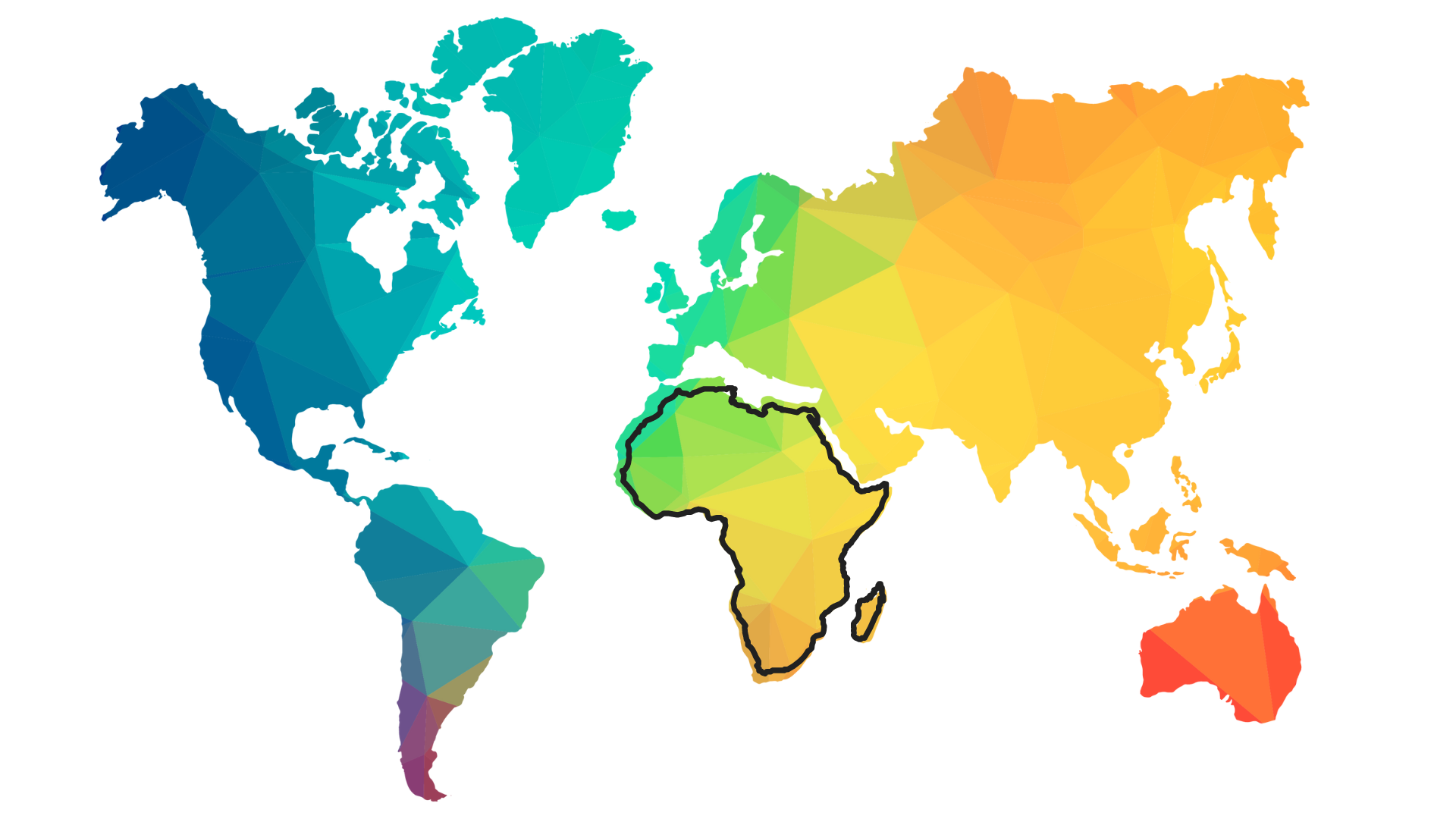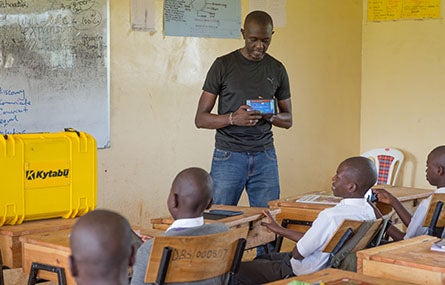TRISTAN JAMES JR.
There’s no shortage of situations to overthink in today’s work world.
Whether it’s fretting over the implications of a new market trend, agonizing about the tone of an email to a major client, or losing sleep over an employee’s reaction to feedback, the opportunities for leaders to get trapped in their own heads are endless.
As we have access to more information and higher demands than ever before, it’s no surprise that half to nearly three quarters of adults confess to thinking too much.
After coaching professionals at some of the world’s top companies for over a decade, I’ve observed a common pattern:
Some people who appear outwardly successful tend to overcomplicate everything, layering unnecessary complexity into their decisions, and deliberating far longer than needed.
This tendency is particularly pronounced among a group I refer to as Sensitive Strivers those who are hardwired to process the world around them more deeply and are often their own toughest critics.
Constantly churning thoughts can be exhausting, and if left unchecked, overthinking can contribute to anxiety and burnout.
There’s far-reaching consequences for organizations, too. When individuals or entire teams habitually overthink, it creates a bottleneck. Decision-making slows, opportunities are missed, and a culture of risk-aversion can take hold, stifling business growth.
Clearly, there’s a pressing need for more effective solutions to overcome overthinking in the workplace.
But to truly tackle this issue, it’s important to first acknowledge and understand that there are actually three forms of overthinking: rumination, future tripping, and overanalyzing.
Armed with this knowledge, it’s possible to develop targeted strategies that lead to meaningful and lasting change for workers and the organizations that employ them.
Here’s how to spot and handle each of the three types of overthinking.
Rumination
Rumination is best described as a mental loop where you dwell on past events, particularly negative or distressing ones.
Those who ruminate are often caught in a whirlpool of regret, guilt, and “woulda, shoulda, coulda” scenarios.
They review what went wrong, often blaming themselves.
A key aspect of rumination is its orientation towards the past and getting stuck there.
Signs to watch out for:
- You fixate on negative feedback.
- You often bring up past failures, setbacks, or slip-ups in conversation with others.
- You’re overly cautious, perhaps double or triple-checking your work, because you want to avoid mistakes.
How to address it:
Counterintuitively, it can be helpful to schedule “worry time.”
Instead of letting rumination overrun your entire day, confine it to a manageable slot usually no more than 15 to 30 minutes.
Choose a time of day that works for you (just not right before bed) and pick a specific place for your worry time.
It could be a particular chair, room, or even a spot in a park.
Divide your worries into two categories: those you can control and those you cannot.
For worries within your control, brainstorm possible actions or solutions.
For example, if you’re worried about meeting a deadline, your action steps could include saying no to another commitment.
Each time an uncontrollable worry arises, try visualization.
Imagine placing the worry in a balloon and releasing it into the sky.
By setting aside a designated time to address these thoughts, you’re not in a constant battle to push them away. You’re simply postponing them to a more convenient time.
If rumination crops up outside your designated worry time, gently remind yourself, “Not now, I’ll tackle this later,” which helps bring greater awareness and control to your thought patterns.
Future tripping
Instead of being trapped in the past, those who are future tripping are concerned about what lies ahead.
While some degree of anticipation is beneficial, future tripping can escalate to the point where it holds you back.
The uncertainty of what might happen, the potential for failure, and the fear of the unknown can make it a challenging form of overthinking.
Signs to watch out for:
- You spend excessive energy planning for every possible scenario to feel prepared for any eventuality.
- You find it hard to celebrate your successes because you’re always thinking about what’s next.
- You often feel restless or agitated, driven by thoughts of outstanding to-do items.
How to address it:
Use your ability to look forward to your advantage.
Mentally projecting yourself into the future, beyond the point of your current worries.
For example, Caelin, a marketing manager, is overwhelmed with the launch of a new product.
The deadline is tight, expectations are high, and his team is under significant pressure.
He’s concerned about the campaign strategy, the team’s workload, and potential customer reactions.
Caelin finds a quiet conference room during his lunch break.
He closes his eyes and pictures himself five years from now. He’s in a more senior role, reflecting on his career path.
From this future perspective, Caelin realizes that the product launch was just one of many projects he handled. He’s able to put it in perspective.
While it’s important, it’s not a defining moment of his career.
He recalls how some aspects didn’t go as planned, but also how the team adapted and learned from the experience.
This strategy, known as temporal distancing, can reduce the immediacy and intensity of your concerns, helping you focus on the present with a calmer, more balanced mindset.
You can also choose to practice “selective ignorance” by reducing your exposure to unnecessary stressors.
Be intentional about the information you consume, especially from news sources and social media.
Identify triggers that escalate your future-tripping, such as updates about constant market fluctuations and industry predictions or constantly checking KPI dashboards or financial accounts.
If certain updates or data do not impact your day to day work or decision-making, they might not be necessary.
Prioritize information that you can act upon.
Overanalyzing
While rumination and future tripping are bound by time one looking back and the other looking forward overanalyzing is centered on depth.
It involves diving incredibly deep into a topic, thought, or situation, often to the point of excess.
While this can sometimes lead to profound insights, more often than not, it results in getting bogged down in details that might not be particularly relevant.
Signs to watch out for:
- You procrastinate or delay taking action to research further.
- You frequently seek out others’ approval or confirmation, because you lack confidence in your own analysis.
- You have difficulty distinguishing between high-priority and low-priority tasks, leading to a backlog of decisions.
How to address it:
Instead of striving for the perfect choice, aim for one that is “good enough” with an approach known as satisficing.
Once a decision meets your established criteria and is satisfactory, you should go ahead with it, even if a potentially better option might exist.
Compare this to maximizers, who examine every option and keep searching for better alternatives, deals, or outcomes to their own detriment.
Of the two decision making types, maximizers are more prone to overanalyzing, less likely to feel happy with the results of their decisions, and more likely to negatively compare themselves to others.
Key decision criteria principles, guidelines, or requirements help you prioritize the most important variables weighing into a decision.
Your decision criteria can be professional or personal.
For example, let’s say you’re trapped in analysis paralysis around whether or not to offer a new feature for your product or service.
Your decision criteria could include: cost, profitability, effort, risk level, or impact.
Now let’s say, you’re trying to make a personal decision, like whether to move for a new job.
You might consider criteria like how well the role fits your strengths, the salary, or whether the role aligns with your future aspirations.
Select three criteria at most, with one that outranks the others.
If you’re in a group decision making situation, have everyone brainstorm and agree on the criteria together.
It’s important to remember that the goal is not to eliminate all deep thinking, but rather to prevent it from spiraling into the unproductive kind.
Identifying the type of overthinking you or your team is dealing with is the first step in breaking free from its grasp and more crucial than ever when the demand for quick yet thoughtful decision-making is high.
Melody Wilding, LMSW is an executive coach and author of Trust Yourself: Stop Overthinking and Channel Your Emotions for Success at Work. Get a free copy of Chapter One here.
Don’t Forget To #FollowShareLikeComment
FB@TRISTANJAMESJR/LIKEHOJBLOG
IG@TRISTANJAMESJR/LIKEHOJB45
LINKEDIN@TRISTANJAMESJR
X@TEEJAE45/LIKEHOJB
WHATSAPP@09068311978














































